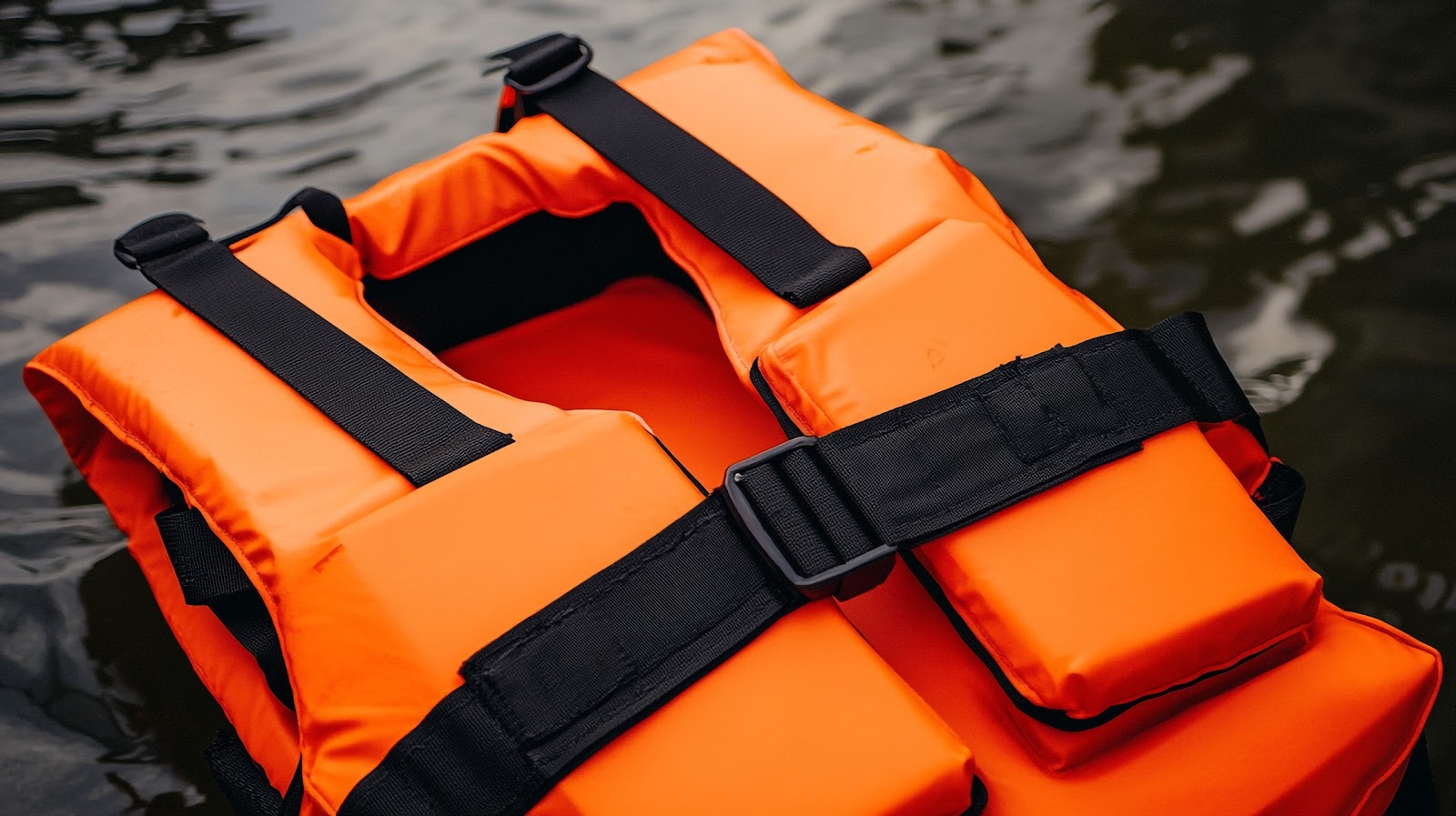For insurance agents working with marine businesses, understanding the Longshore and Harbor Workers’ Compensation Act (LHWCA) is essential. This federal law has shaped the protection of thousands of waterfront workers for more than 100 years, and it continues to evolve today. But how did we get here?
From Legal Gap to Lifesaver: The Birth of the Longshore Act
In 1917, a Supreme Court decision (Southern Pacific Co. v. Jensen) ruled that states couldn’t provide workers’ compensation for injuries that occurred on navigable waters. That left a dangerous gap in coverage—until the Longshore Act was passed in 1927. The Act created a federal system to protect shipbuilders, harbor workers, and longshoremen.
Key Amendments That Changed the Game
Major updates in 1972 expanded coverage beyond vessels and docks to include adjacent areas, such as piers and marine terminals. Survivor benefits and maximum compensation rates were also improved.
In 1984, additional changes clarified who was (and wasn’t) covered. Recreational vessel workers under 65 feet, certain office personnel, and aquaculture workers were excluded if state comp laws protected them.
Adapting to a Changing Industry
In the 2000s, the Act was updated again to reflect shifts in maritime work. The 2009 American Recovery and Reinvestment Act expanded exclusions for recreational vessel repairers, after 10 years of lobbying led by the Marine Industries of South Florida. The 2009 expansion was then amended by rules published by the Office of Workers' Compensation Programs, released late in 2011. Then, in 2023, proposed regulations targeted employer penalties for failing to accurately report injuries—showing how the law continues to evolve in response to workplace realities.
Key Extensions of the Act
The reach of the LHWCA goes far beyond traditional longshore and harbor workers. Congress has extended its provisions to several other groups, adding layers of complexity to who’s actually covered:
- Defense Base Act (DBA): Covers civilian employees of U.S. government contractors working overseas.
- Outer Continental Shelf Lands Act (OCSLA): Covers workers involved in offshore exploration and development of natural resources—like oil rig crews.
- Nonappropriated Fund Instrumentalities Act (NAFIA): Applies to civilian employees of military-run services, such as base exchanges and recreational facilities.
Understanding who is covered is just as important as what is covered. Between special extensions, evolving definitions, and overlapping jurisdictions, navigating Longshore coverage isn’t always straightforward—especially for agents trying to do it alone.
For agents, the Longshore Act’s ongoing evolution means one thing ...
Need help navigating it all?
Have a Longshore risk to review?
Send submissions to Submit@LIGMarine.com or visit LIGMarine.com to connect with one of our Longshore experts.
Related Blogs
Longshore Reform 2009AIA Praises Reintroduction of Longshore and Harbor Workers Act Changes
Recreational Vessel Regulations Published
Longshore Rule Changes Deadline






